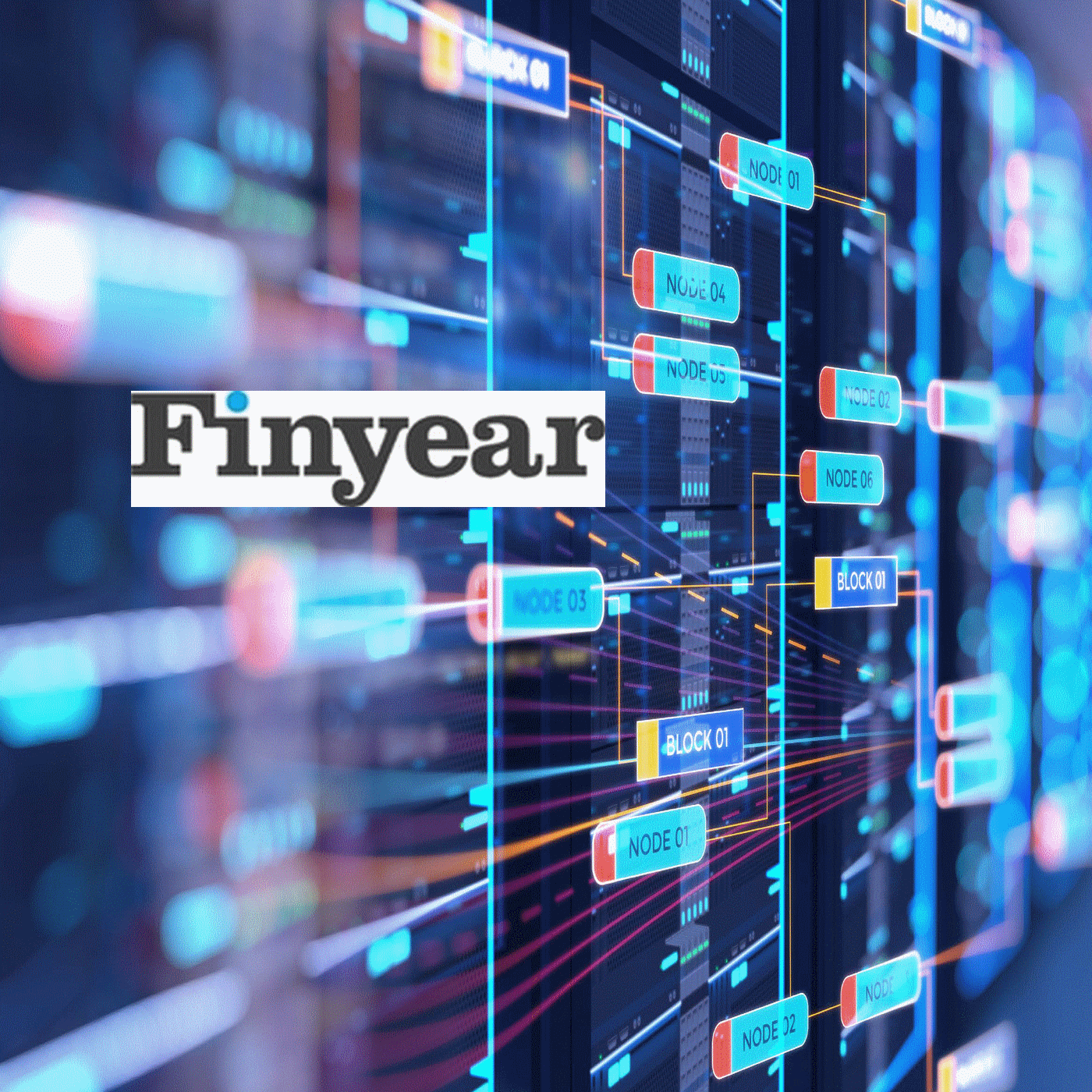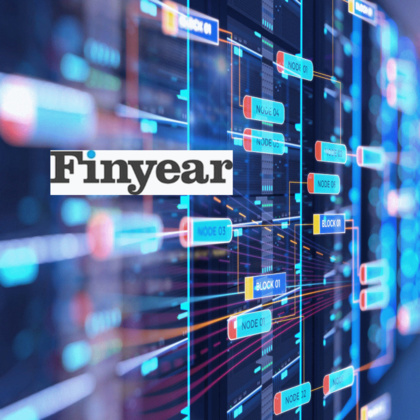Since the Digital Euro Association’s Private Digital Euro Working Group started writing their paper at the beginning of 2022, the world of stablecoins has changed more dramatically than any of us could have imagined.
The ‘de-peg’ event that many had feared occurred in the third week of May 2022 when TerraUST spectacularly lost its peg against the US dollar and shook the crypto sphere to its foundations. There has, predictably, been a call within the European Union (EU) for greater regulation of crypto in general and stablecoins in particular. Still, the level of confusion around stablecoins has only increased as policymakers, regulators and market participants navigate their way into a new era. In this paper, we endeavor to bring some clarity to the discussion.
The word ‘stablecoin’ means different things to different people, and we start by sharing our definition. Some observers bucket all stablecoins together, whereas others attempt to divide stablecoins based on their use cases, their collateral composition, or their reserve’s transparency. Next, the design choices and features of stablecoins and how they might be used are analyzed, and we consider the types of programmable payments that could be enabled. The technical and policy designs offer risks and opportunities for policymakers and analysts to regard.
Stablecoins are often discussed alongside central bank digital currencies (CBDCs), but they will never be the same instruments, and it could be that a euro CBDC would act as a reserve for a future eurozone stablecoin.
Finally, we look at the regulation and consider the unwieldy and complex framework that has made the Markets in Crypto-assets (MiCA) regulation such a dilemma for European policymakers and lobbyists alike.
Europe’s desire to be a hub for digital innovation and enterprise will only be met when the decentralized internet pioneers feel they can thrive within the EU. A euro stablecoin should certainly be an option on the table as a new era unfolds.
Read the full paper here
The ‘de-peg’ event that many had feared occurred in the third week of May 2022 when TerraUST spectacularly lost its peg against the US dollar and shook the crypto sphere to its foundations. There has, predictably, been a call within the European Union (EU) for greater regulation of crypto in general and stablecoins in particular. Still, the level of confusion around stablecoins has only increased as policymakers, regulators and market participants navigate their way into a new era. In this paper, we endeavor to bring some clarity to the discussion.
The word ‘stablecoin’ means different things to different people, and we start by sharing our definition. Some observers bucket all stablecoins together, whereas others attempt to divide stablecoins based on their use cases, their collateral composition, or their reserve’s transparency. Next, the design choices and features of stablecoins and how they might be used are analyzed, and we consider the types of programmable payments that could be enabled. The technical and policy designs offer risks and opportunities for policymakers and analysts to regard.
Stablecoins are often discussed alongside central bank digital currencies (CBDCs), but they will never be the same instruments, and it could be that a euro CBDC would act as a reserve for a future eurozone stablecoin.
Finally, we look at the regulation and consider the unwieldy and complex framework that has made the Markets in Crypto-assets (MiCA) regulation such a dilemma for European policymakers and lobbyists alike.
Europe’s desire to be a hub for digital innovation and enterprise will only be met when the decentralized internet pioneers feel they can thrive within the EU. A euro stablecoin should certainly be an option on the table as a new era unfolds.
Read the full paper here
------------------------------------------------------------------------
Disclaimer: The text above is a press release that was not written by Finyear.com.
The issuer is solely responsible for the content of this announcement.
Avertissement : Le texte ci-dessus est un communiqué de presse qui n'a pas été rédigé par Finyear.com.
L'émetteur est seul responsable du contenu de cette annonce.
Disclaimer: The text above is a press release that was not written by Finyear.com.
The issuer is solely responsible for the content of this announcement.
Avertissement : Le texte ci-dessus est un communiqué de presse qui n'a pas été rédigé par Finyear.com.
L'émetteur est seul responsable du contenu de cette annonce.
Autres articles
-
Dogizen, la première ICO sur Telegram, séduit les experts avec une augmentation de 1,4 million de dollars.
-
Revolut : ses quatre grands projets pour 2025
-
La fintech Bridge met en place une nouvelle gouvernance
-
Bangk, une ICO pour un projet de néobanque éthique et décentralisée
-
Deblock, la fintech s'offre le 2nd agrément PSAN attribué par l'AMF
















